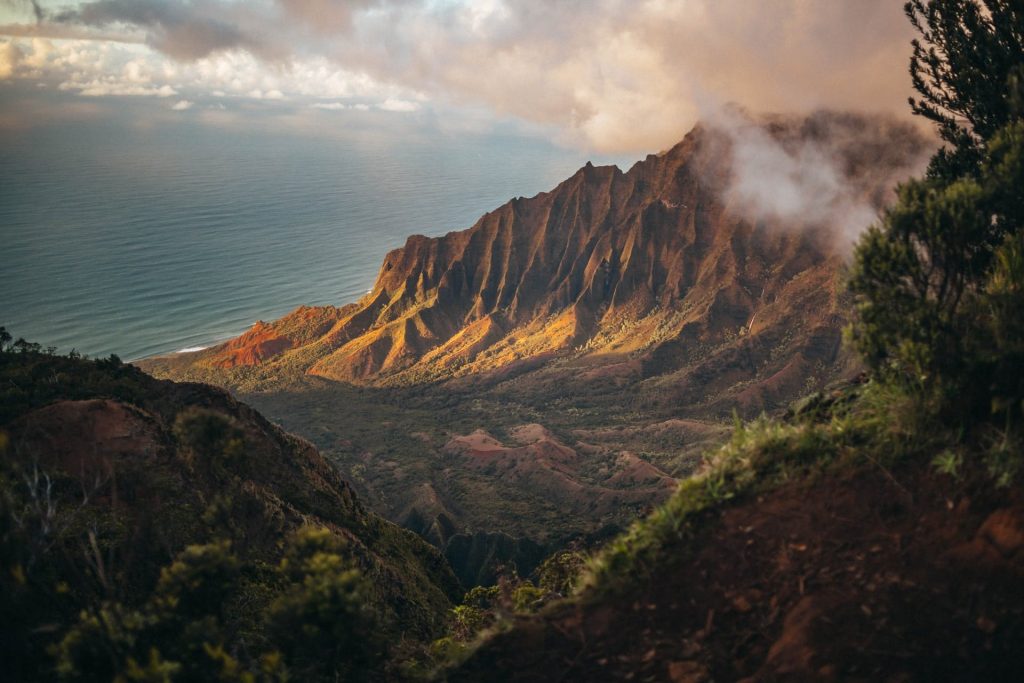In 2014, for event, a local Hawaiian group recognized as the Hui Makaʻainana o Makana helped set up a protected marine space that later gained the UN’s Equator Prize for its Indigenous-led, subsistence-based mostly method to wildlife administration. the world, which stretches 3½ miles throughout the Hāʻena coast, is managed using conventional ecological information, similar to a end result of the designation of a pu‘uhonua, or sanctuary space, and prohibits using spear weapons, night diving, or lay nets to protect the native fish current.
What makes the SDGs distinct is how they will function a customary language to unite efforts throughout factors and a common road map to hint progress. this means shared targets and metrics that assist strengthen and coordinate movement amongst sectors, communities, states, and international places.
Hawaiʻi is the essential state inside the nation to report its progress on the SDGs. The state’s Voluntary native evaluation pulls information from metrics that have been co-developed by companions throughout Hawaiʻi’s 4 essential counties all by means of a 4-yr course of.
This information is collected domestically and shared by way of the Aloha+ problem dashboard, an on-line open-information platform that helps transparency, accountability, and collaboration. collectively, private and non-private sector companions, and group teams proceed to replace the information, decide new metrics, and set up priorities based mostly on tendencies revealed by the dashboard.
BRINGING THE SDGS house TO HAWAIʻI
whereas the response to COVID-19, local climate change, and utterly different disasters would require collaboration and innovation, the options will look utterly different in every group.
“If we would simply like the SDGs to succeed, we now ought to join these targets to the group and the particular person to drive modifications in conduct,” says Celeste Connors of Hawaiʻi inexperienced progress. “youngsters rising up in Hawaiʻi and islands have an inherent understanding of sustainability and it’s about creating the pathways for them to understand they’re key to the reply.”
In Hawaiʻi, that means reevaluating how the state measures progress by contemplating native values like keiki (baby) and kupuna (elder) time, a local Hawaiian custom of household and intergenerational connection. In 2018, Hawaiian lawmakers enacted legal guidelines to incorporate real progress indicators like these to enrich extra typical metrics like gross home product (GDP).
One factor is evident: In Hawaiʻi as elsewhere, the sustainable use of sources — its people, land, and water — shall be essential for environmental and socioeconomic resilience.
that is significantly true for island nations, which have prolonged led the sustainability movement. Hawaiʻi’s Aloha+ problem, for event, was impressed by the pioneering efforts of the Micronesia problem in 2006, a political dedication from the leaders of the Federated States of Micronesia, Guam, Marshall Islands, Northern Mariana Islands, and Palau to protect a minimal of 30% of the shut to-shore marine sources and 20% of the terrestrial sources throughout Micronesia by 2020. In 2019, island economies throughout the globe – collectively with in Hawaiʻi – launched the Local2030 Islands community, which goals to advance the SDGs by means of island-led options. The community held an event all by means of the 2021 extreme-stage Political discussion board (HLPF) on Sustainable progress the place island leaders introduced assist for mannequin new island-led communities of apply on renewable power, SDG implementation, and efforts to strengthen the connection between local climate movement and the safety of marine environments.
By advancing the SDGs in a domestically and culturally relevant method to replicate the spirit and values of the people who dwell and work in Hawaiʻi — collectively with its distinctive custom of aloha — group leaders like Bella, Omar, Pono, and Celeste are bringing the SDGs house. The idea of “aloha” has even been enshrined in state regulation.
This work continues a legacy that started 1,000 years in the past when Polynesian voyagers first arrived on the islands. Then as now, respecting the island’s pure sources — and every one other — was the one method to survive.
It’s an perception mirrored in a customary Hawaiian proverb, Ka Mauli o ka `Āina a he Mauli Kānaka: “The lifetime of the land is the lifetime of the people.”
This dialog is a part of a a lot greater undertaking launched by the UN basis and the Brookings institution to assemble and assist American management on the SDGs.
enroll for our month-to-month e-newsletter to receive particulars about upcoming occasions, information, and tales that spotlight American management on the SDGs.
pictures credit so as of look: 1. Roberto Nickson/ Unsplash, 2. Raftography Sustainable Coastlines Hawaiʻi, three. wooden Valley Farms, Ka`u, Shaka Tea and Dino Morrow pictures 4. J. Wei/ nationwide Park Service, 5. Jess Vide/ Pexels, 6. nationwide Park Service, 7. Shaka Tea and Dino Morrow pictures eight. Kahua Pa’a Mua, 9. Braden Jarvis/ Unsplash

